Australia's Great Air Race
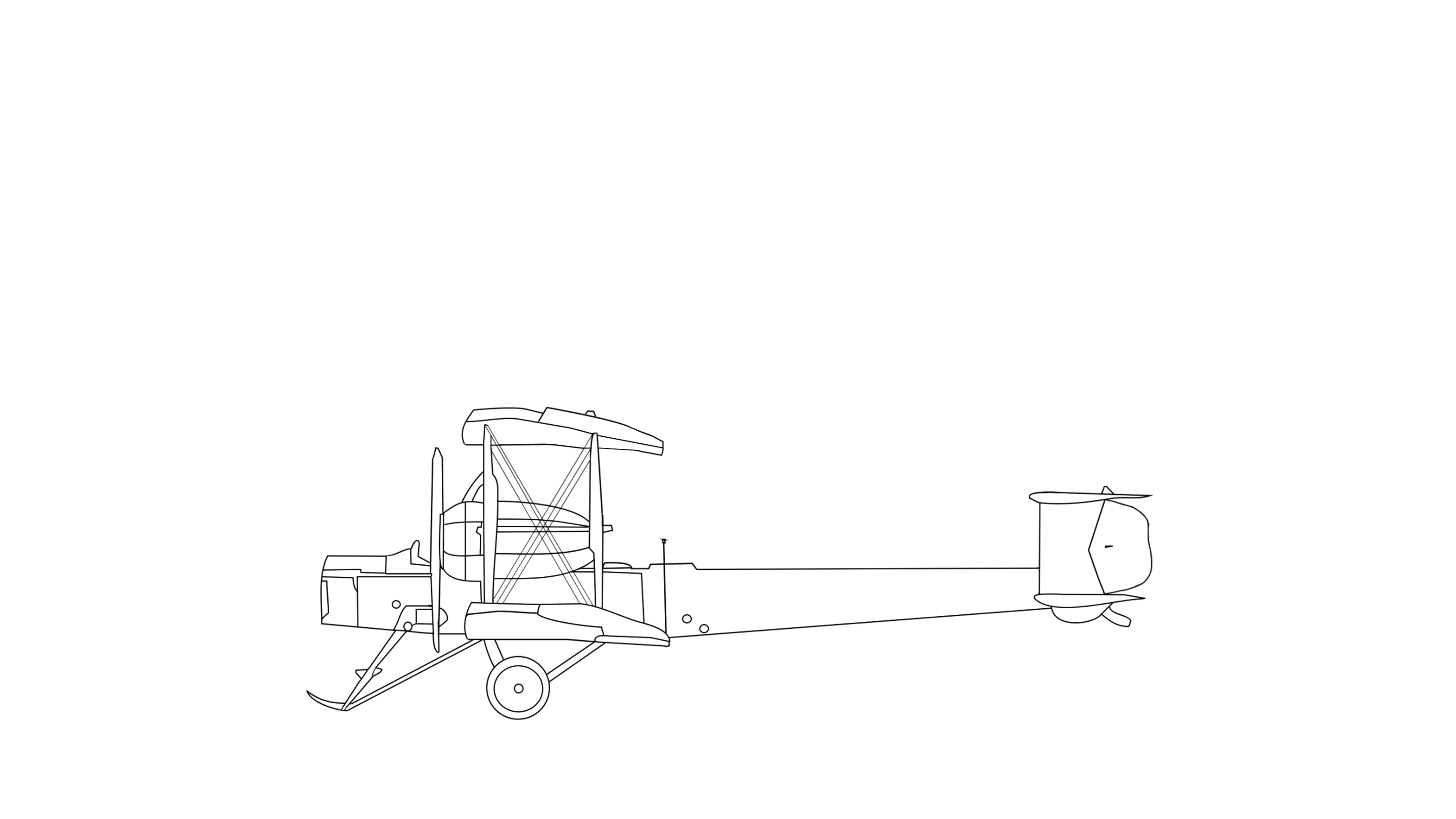
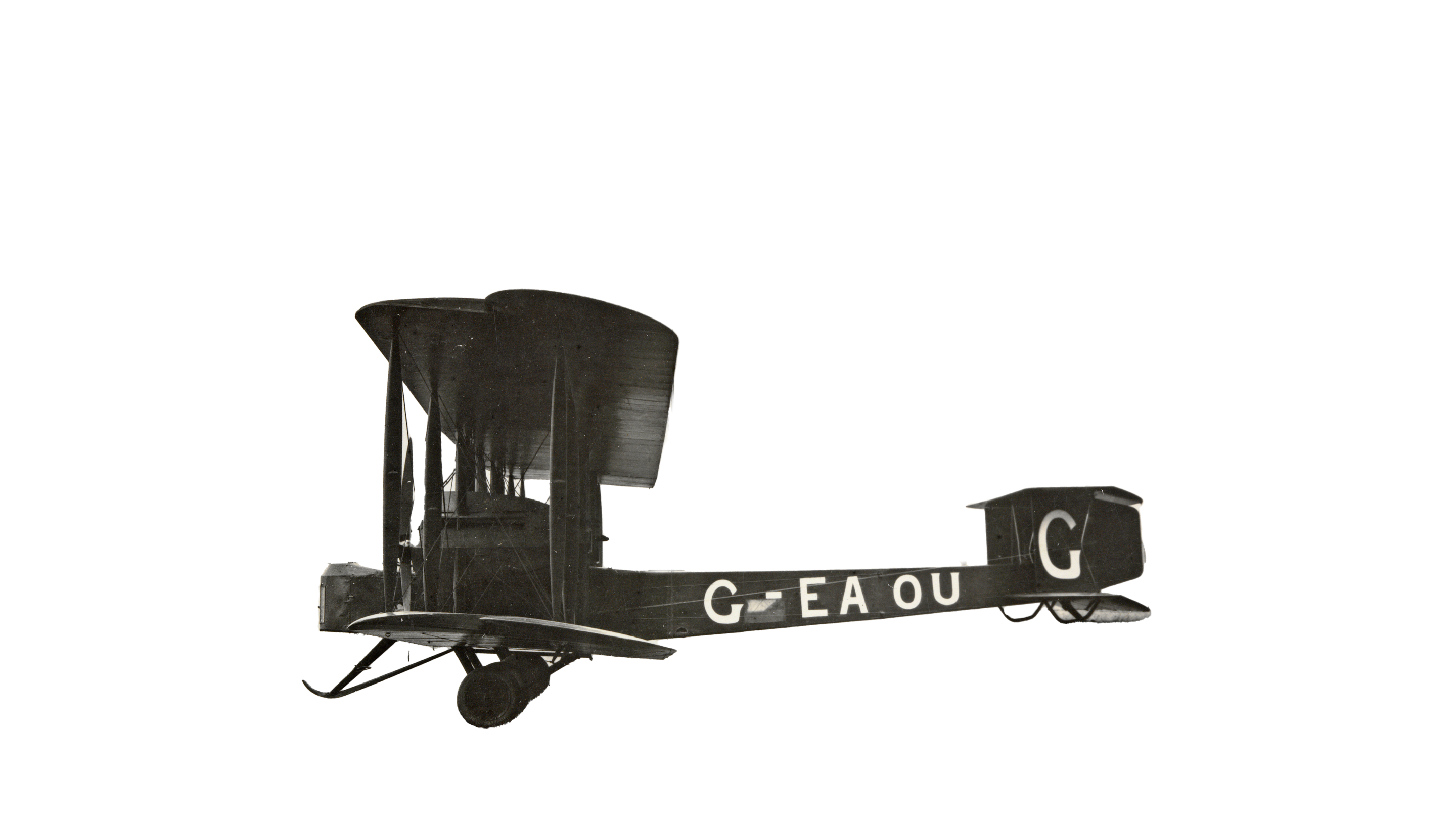
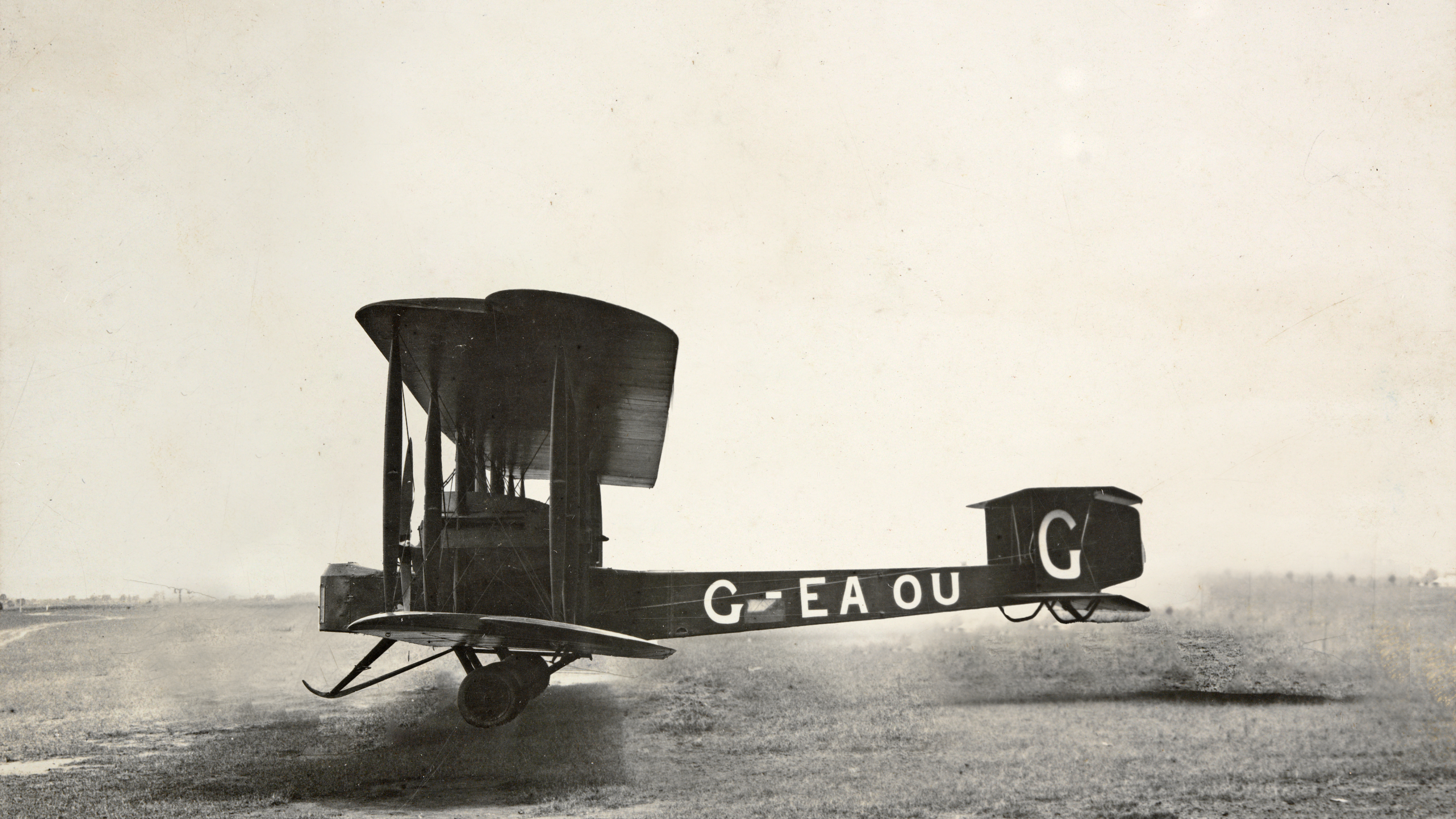
The Plane.
The Vickers Vimy was built in England to bomb German cities in WWI but was not completed in time to be used in combat during the War.
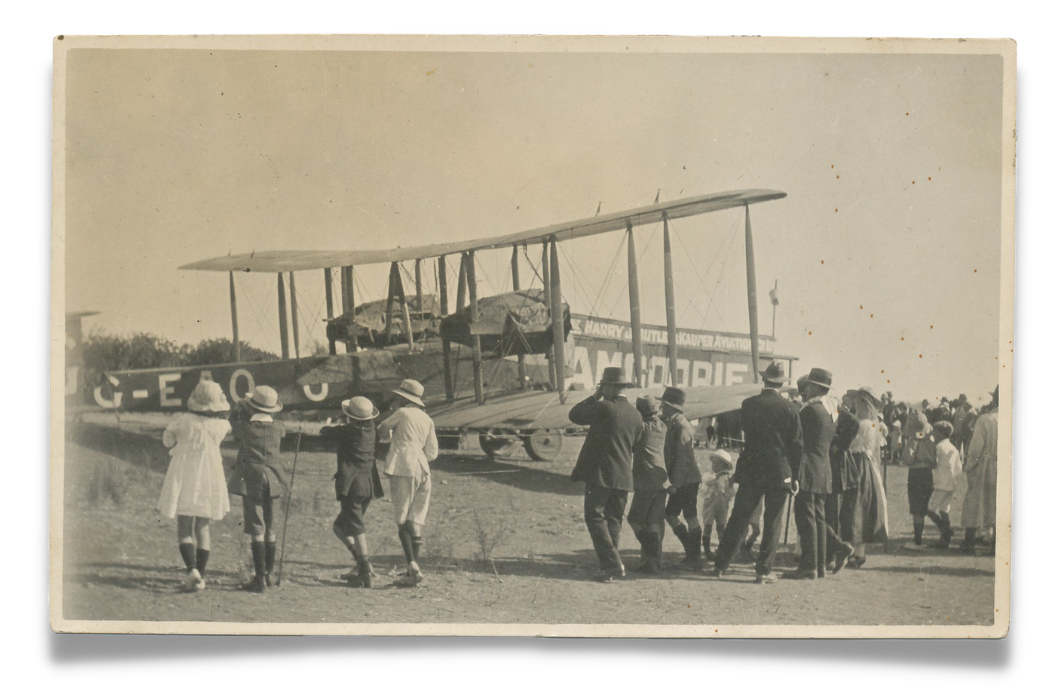
The Challenge.
The 1919 Great Australian Air Race was the idea of Australia’s Prime Minister Billy Hughes. He wanted to promote the potential transformative power of aviation for Australia.
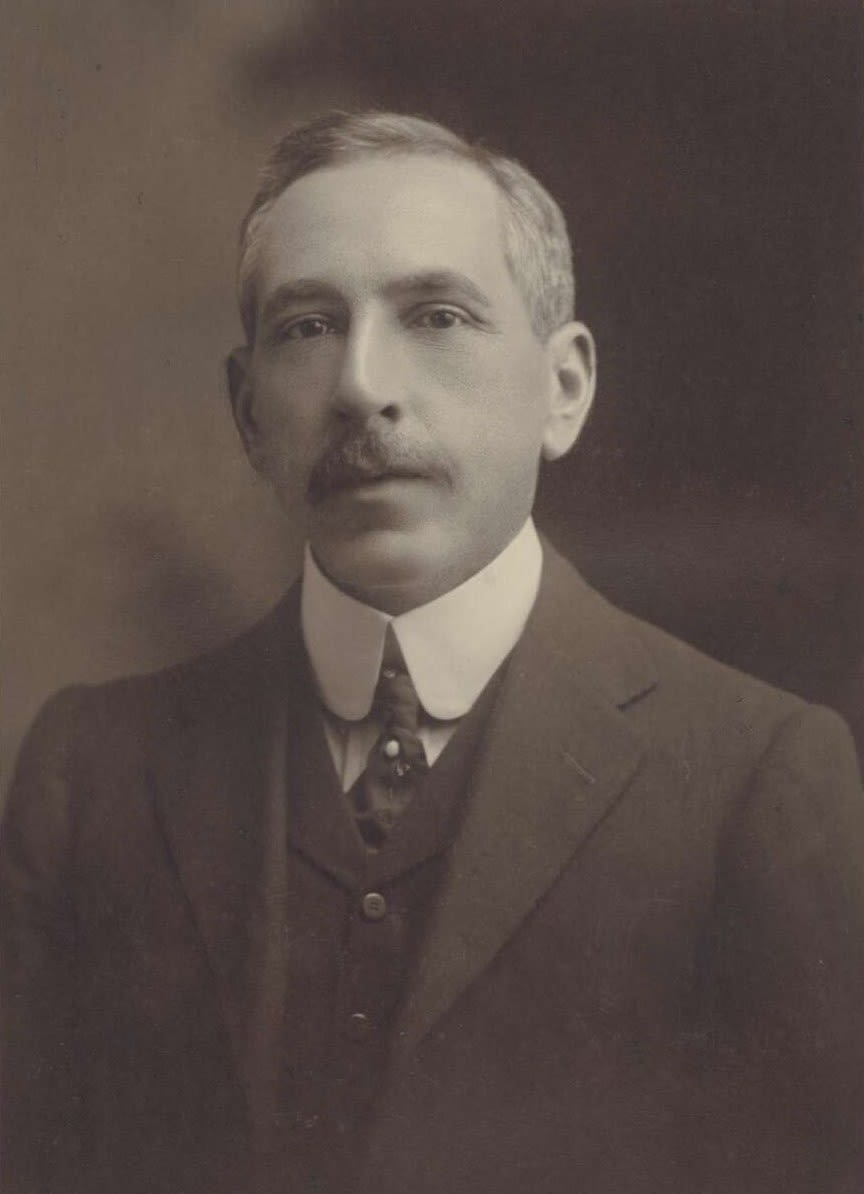
Billy Hughes in 1908
Billy Hughes in 1908
The winners would receive £10, 000 (over $830, 000 today).
Six eligible teams including the Vimy and its crew started the competition. The French adventurer Etienne Poulet also joined in, even though he would be unable to claim the prize money. Only one team would finish within the time limit; another would limp to the finish line 9 months after. Two teams would lose their lives in the attempt.
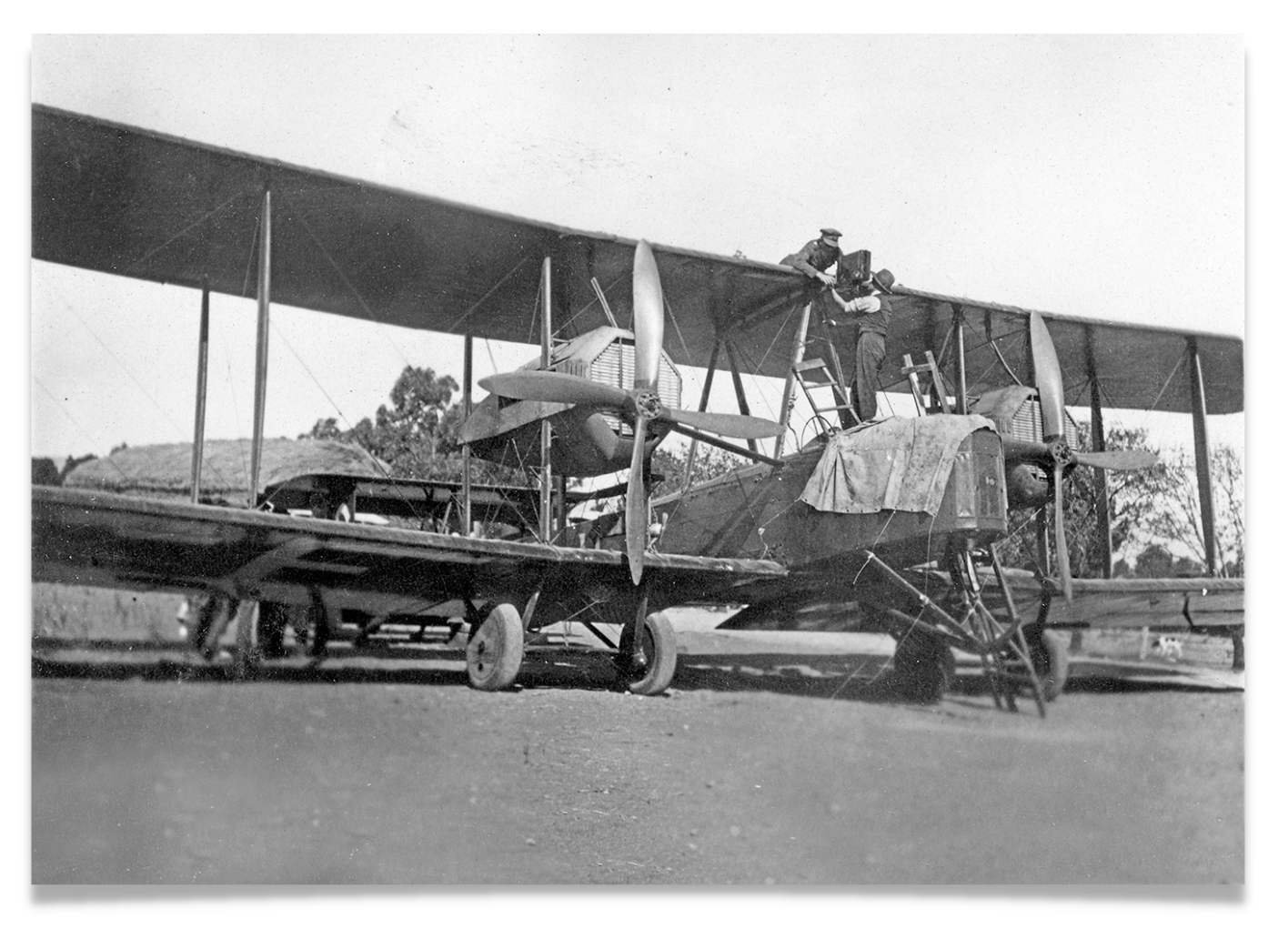

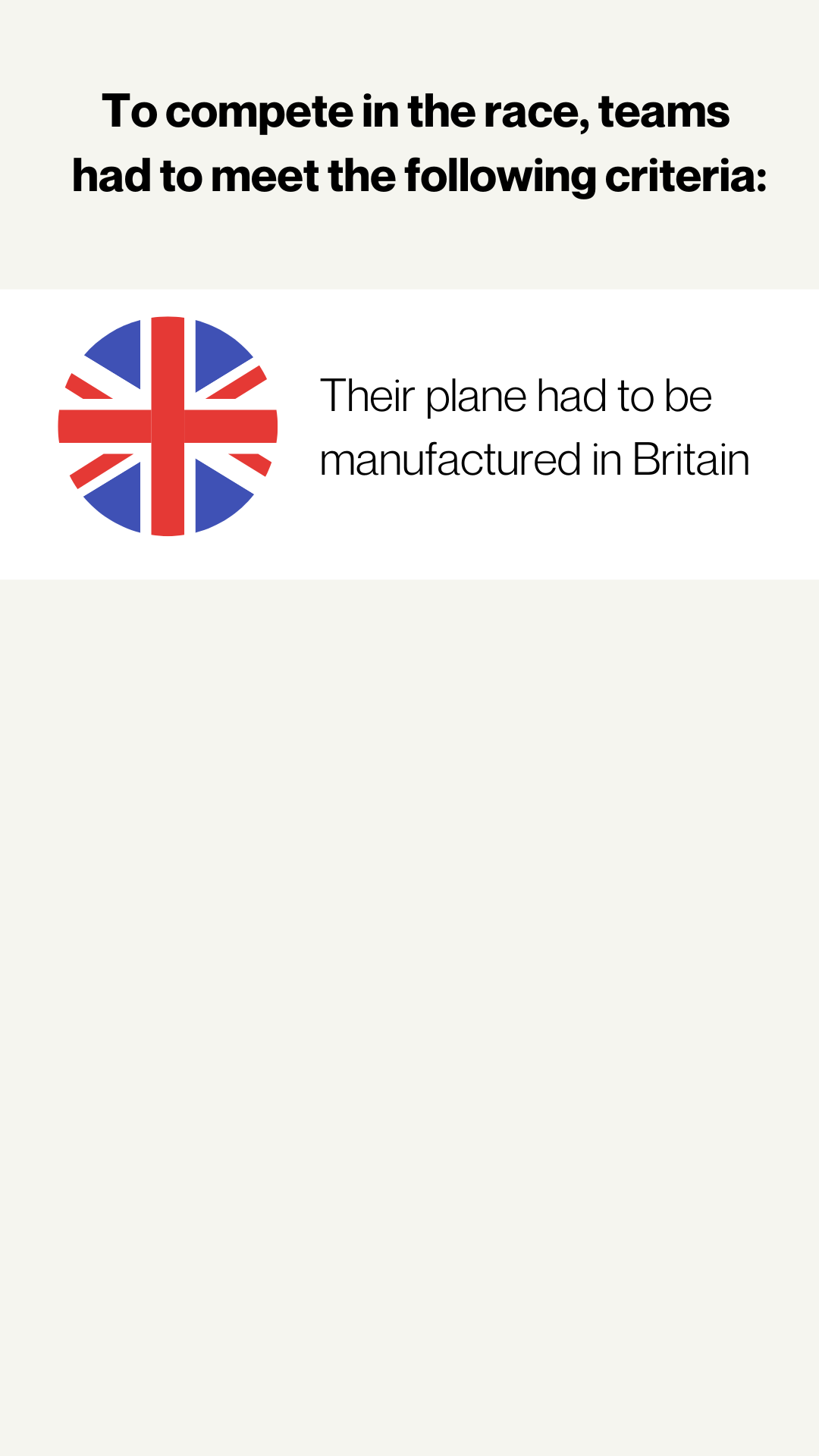
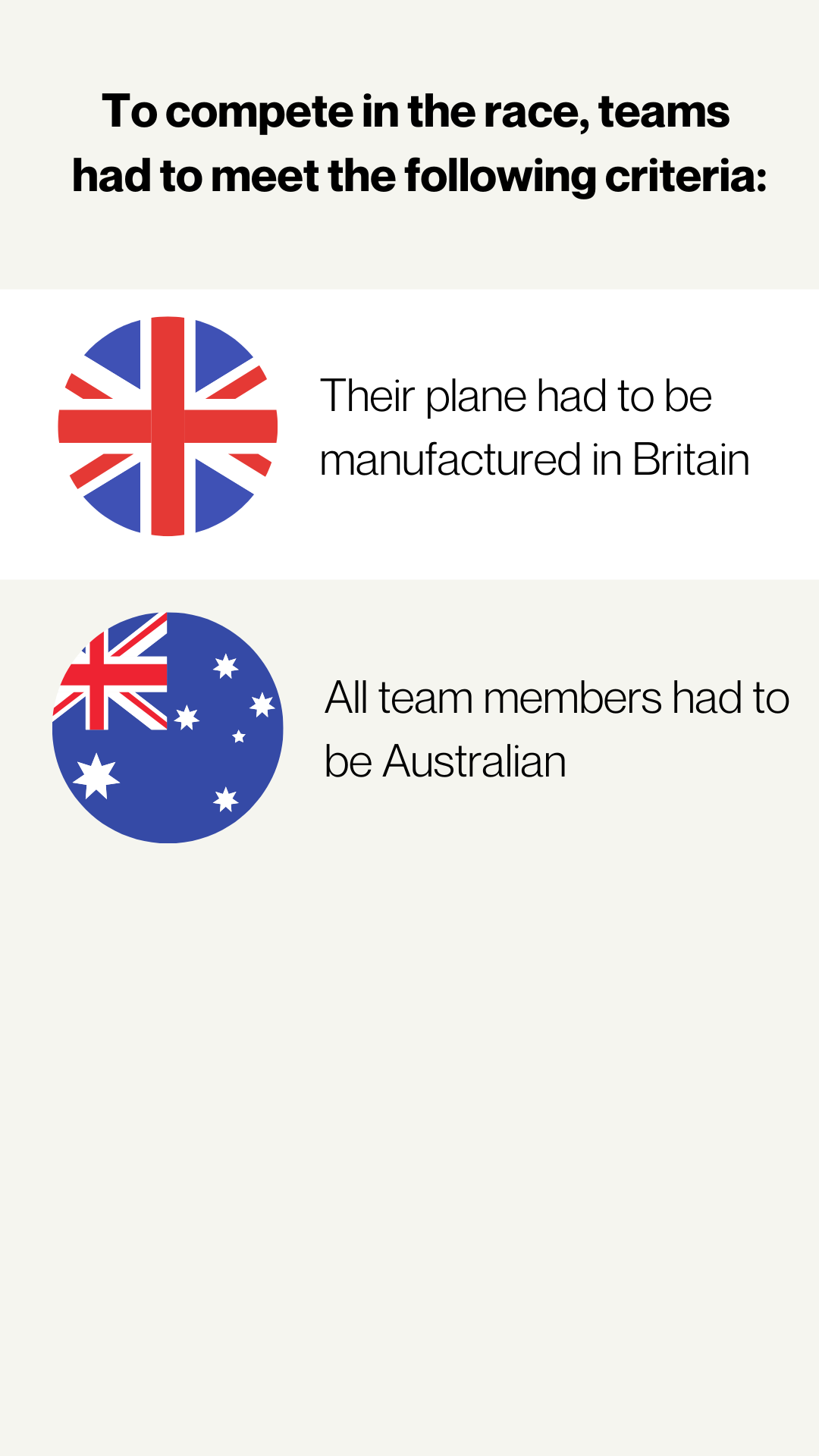
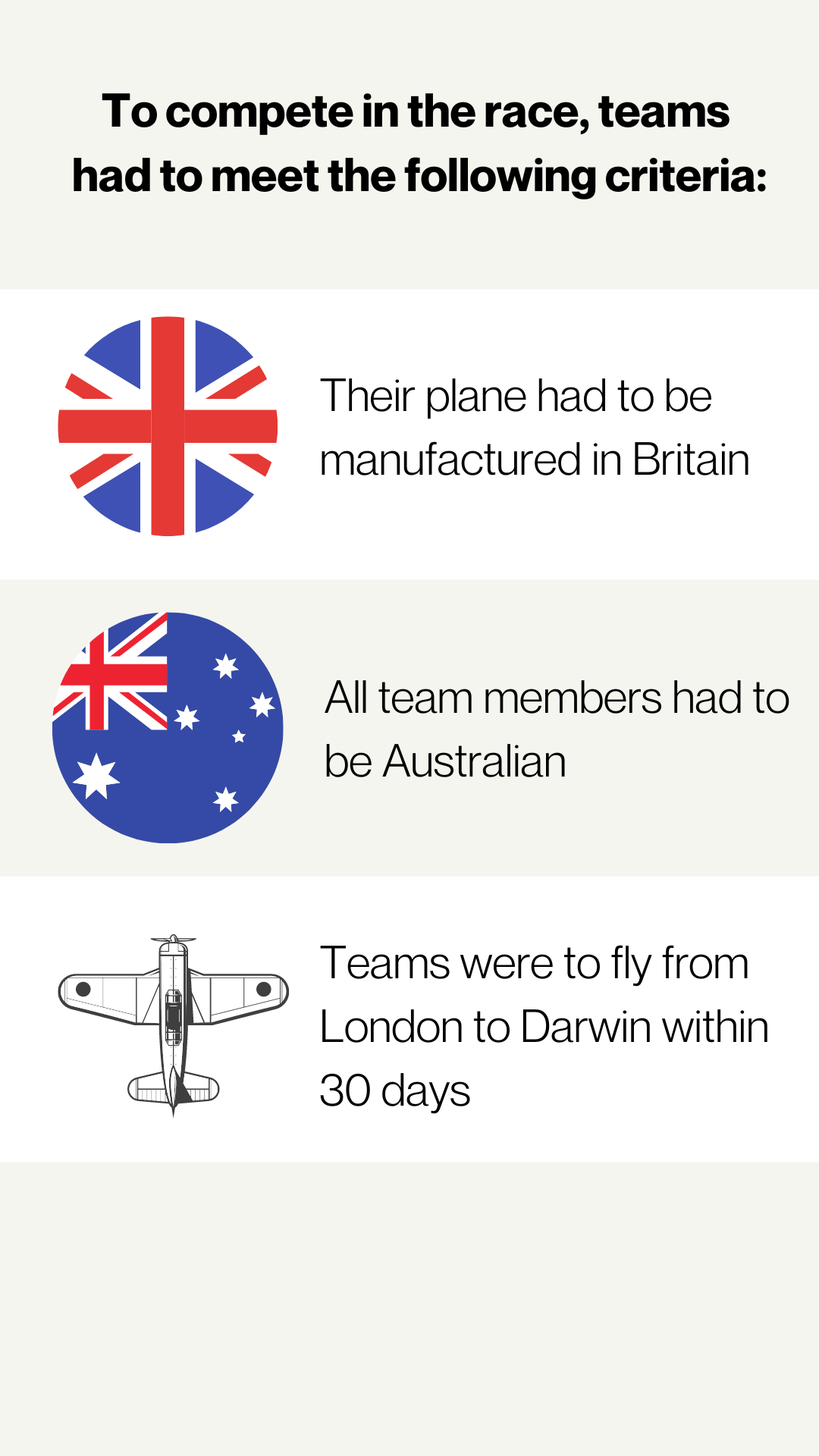
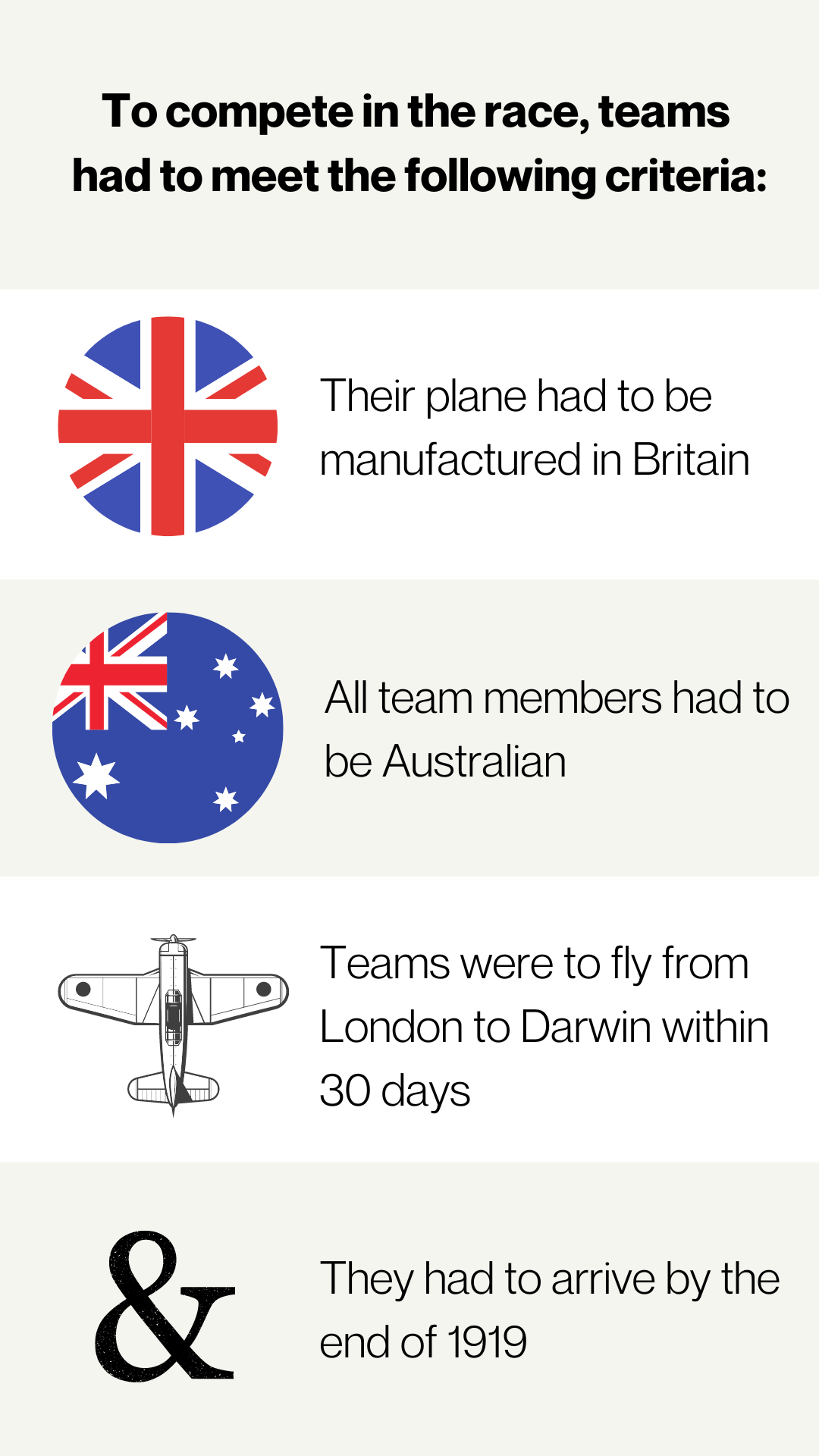
The Crew.
Four men would take up the challenge: Jim Bennett, Wally Shiers and brothers Ross and Keith Smith.
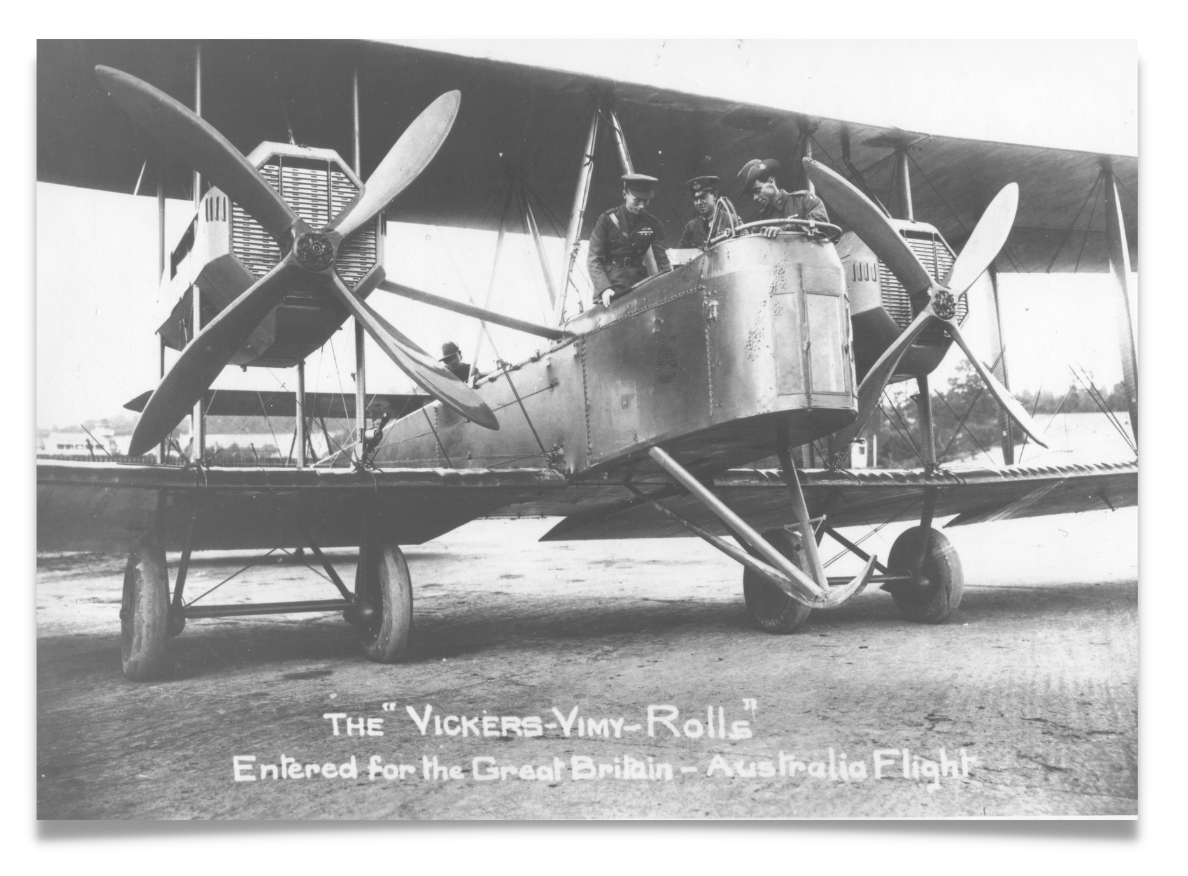
The Epic Flight.
The crew started their epic flight in the Vickers Vimy from an airfield in England. They would travel thousands of kilometres and face danger and near disaster on more than one occasion. Using their ingenuity, courage, and perseverance, the crew would finally arrive in Darwin to cheering crowds.
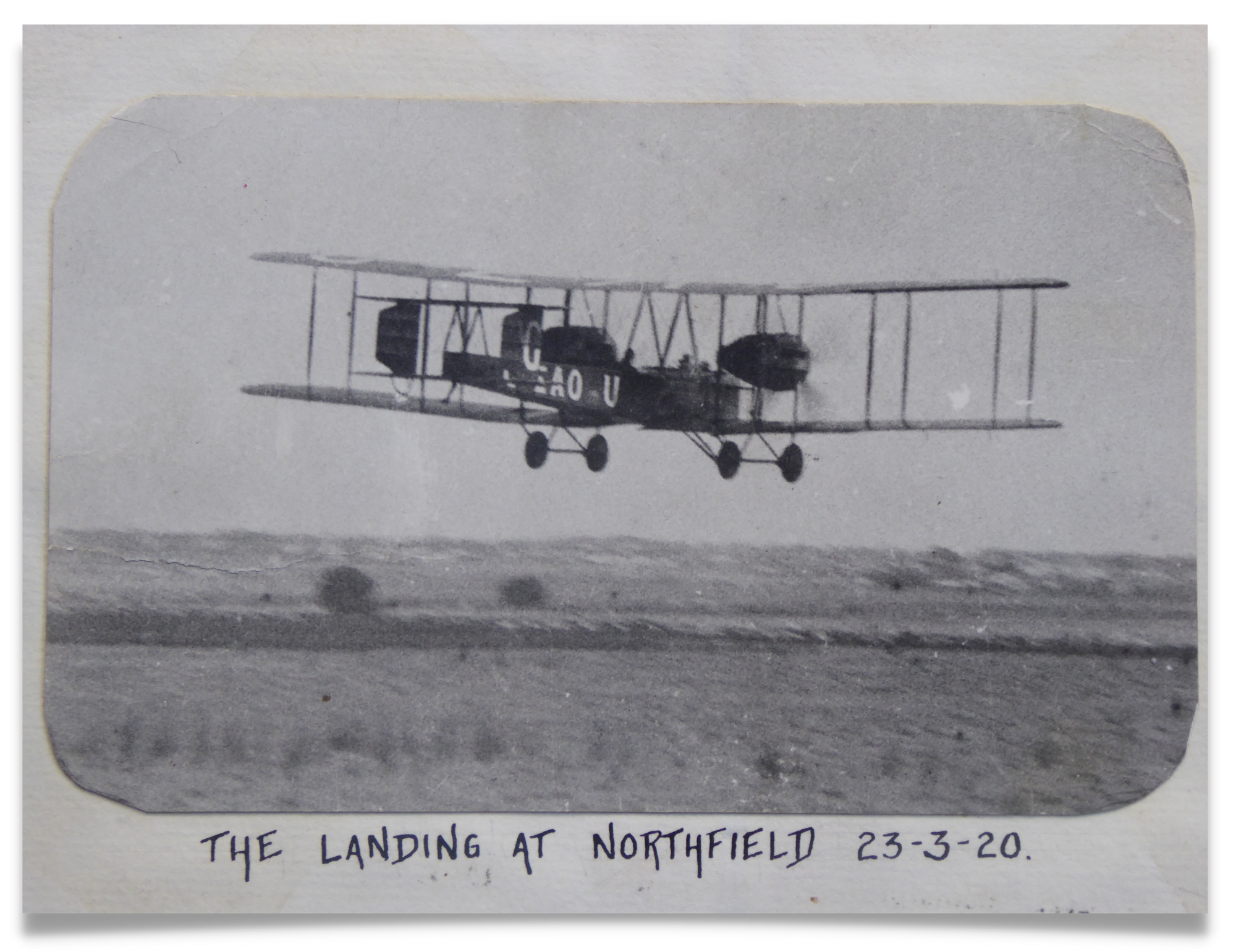
England to France
12 November, 1919
“...totally unfit for flying”.
The Vickers Vimy’s crew left Hounslow, England, in poor weather. The team flew into a fierce snowstorm during their flight. It was so cold their goggles, flight suits, faces and cockpit froze. But, after six hours of flying, they landed in Lyon, France.
France to Italy
13 November, 1919
After leaving France, the Vimy crew met with strong winds, slowing their journey. As it grew dark, they landed in a rain-soaked Pisa, Italy. The Vimy crew could not fly the next day as it continued to rain.
On the runway in Pisa, the Vimy's nose continued to tip forward as the plane became stuck in the mud. This stopped it from gathering enough speed to take off. To fix this problem, Shiers tied a rope around Bennet’s waist. Bennet ran beside the Vimy, weighing down the tail of the plane. At the last minute, Shiers pulled Bennet into the rear cockpit as the plane left the ground.
Italy to Greece
15 - 17 November, 1919
"I was terrified to observe a rocky island loom up in the mist directly ahead. It was only by turning sharply at right angles that I avoided crashing..."
Flying through difficult, windy weather, the Vimy crew left Italy behind. They would have a few close calls as they headed over mountainous ground on their way to Crete, Greece.
Greece to Egypt
18 November, 1919
“Blimey, we’ve got chewing gum on board."
The Vimy crew crossed the Mediterranean Sea to reach Africa the next day. The only lifesaving devices on board were tyre inner tubes. After seven and a half hours in the air, they landed in Cairo, Egypt, behind schedule and with a cracked engine exhaust. With no spare parts to be had, Shiers came up with the idea to seal the crack with chewing gum. They were soon airborne again.
Egypt to India
19 - 25 November, 1919
A better knowledge of the geography and improvement in the weather helped the crew's flight between Egypt and India. Their good luck failed them in Iraq, where a sandstorm nearly blew the Vimy over. However, with the help of 50 soldiers from a nearby army, the crew held the Vimy down over night and they were soon on their way again. They would arrive in Delhi, India after a long trip over modern-day Iraq, Iran and Pakistan.
India to Thailand
27 November - 1 December, 1919
‘… a single foot lower and disaster must have overtaken us.’
Flying over railroads, farmlands, jungles and even one grumpy black bull, the crew made their way to Myanmar. A place where no other plane had landed before. The Vimy's crew would also face a danger as they left, struggling to clear a fence and nearby trees.
The next stop was Bangkok, Thailand, and the crew would have a nail-biting time getting there. The terrain was mountainous and the weather cloudy. The Vimy’s crew flew alongside the adventurer Poulet’s team as reassurance. Both teams feared that they may be forced to crash land in such difficult conditions.
Thailand to Singapore via Malaysia
2-4 December, 1919
Travelling over the next couple of days proved to be challenging. The Vimy's crew ran into heavy rain, wind and even hail. Airfields were often small, underdeveloped and frequently under water. Landing and taking-off required the team to use all of their skills and a little luck to stay safe.
Singapore to Indonesia
5 -10 December, 1919
With eight days to reach Darwin, and needing rest, the crew spent a day in Singapore. Leaving on the 6th of December, they made their way towards Indonesia. The Vimy crew finally met with good weather as they crossed into the Southern Hemisphere. However, they still had challenges to face. On the island of Surabaya the Vimy got stuck in mud again. The crew needed the help of hundreds of locals and some carefully placed bamboo mats to get unstuck. Eventually, the Vimy would make it to the island of Timor, the last stop before they flew to Darwin.
Indonesia to Port Darwin
10 December, 1919
‘We landed on Terra Australia on December 10th, 27 days, 20 hours after taking off from Hounslow. We had won the race against time with 52 hours to spare.’
With little time left to spare, the Vimy made its way to Australia. Leaving at 8.35am, the crew would land in Darwin at 3.00pm, meeting a crowd of over 2000 people eager to meet the now famous crew.
The Legacy.
All of the crew would become household names around Australia. At the time of the flight their epic feat was newsworthy around the world and Ross Smith and his crew became part of aviation history.
The Vickers Vimy now resides at Adelaide Airport and can be visited by the public.
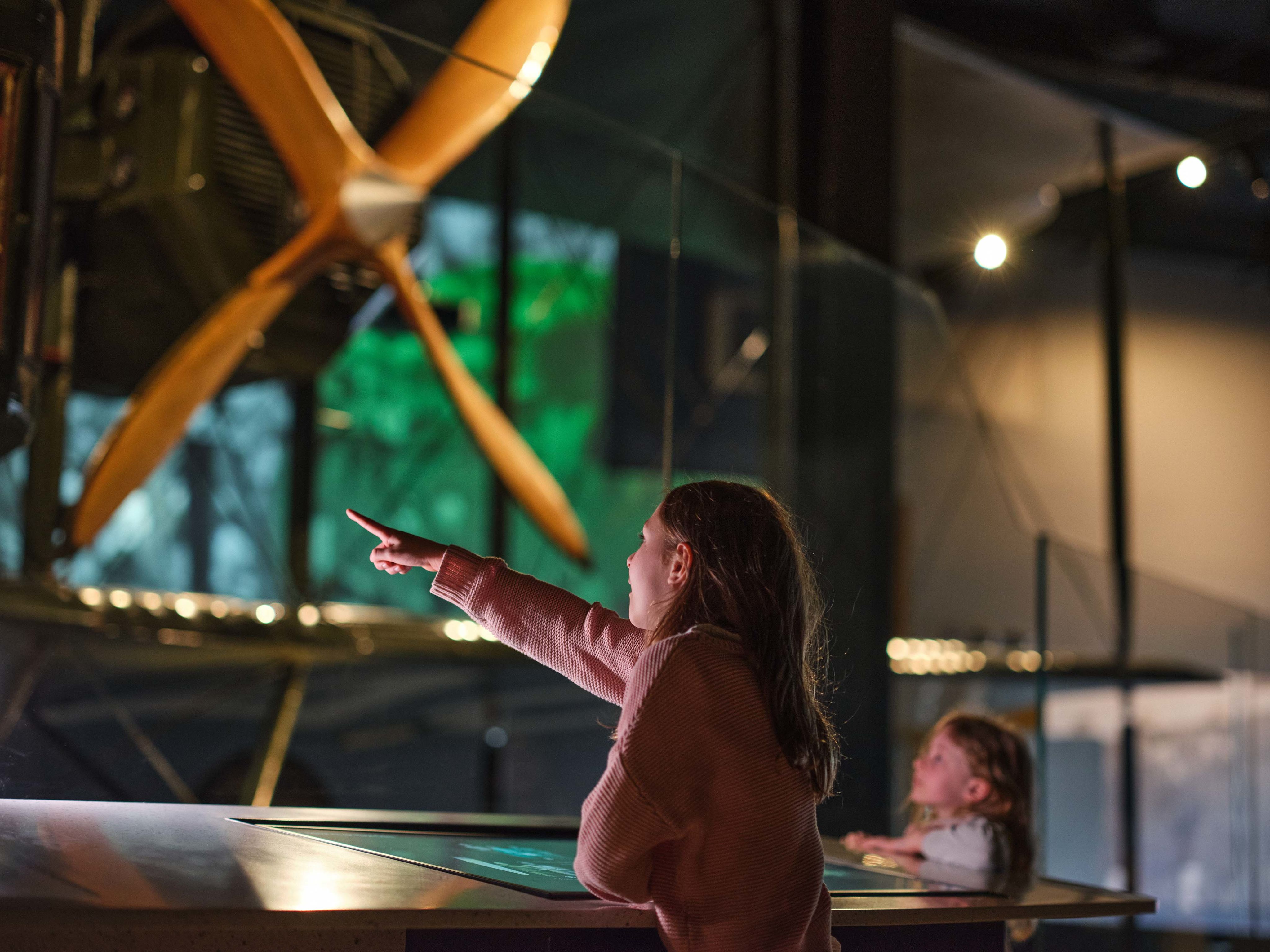
Credits
This text was based on the research of Lainie Anderson and David Crotty.
